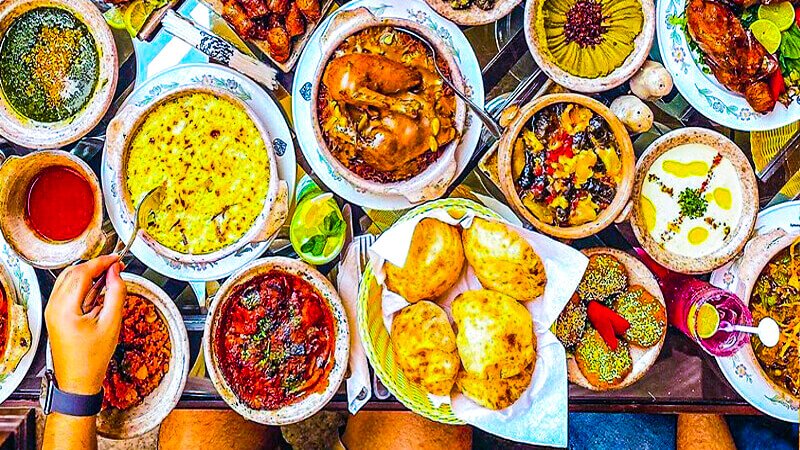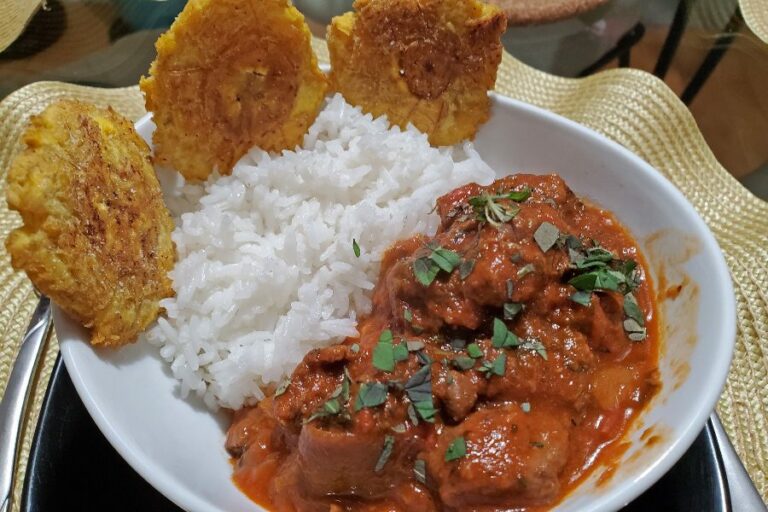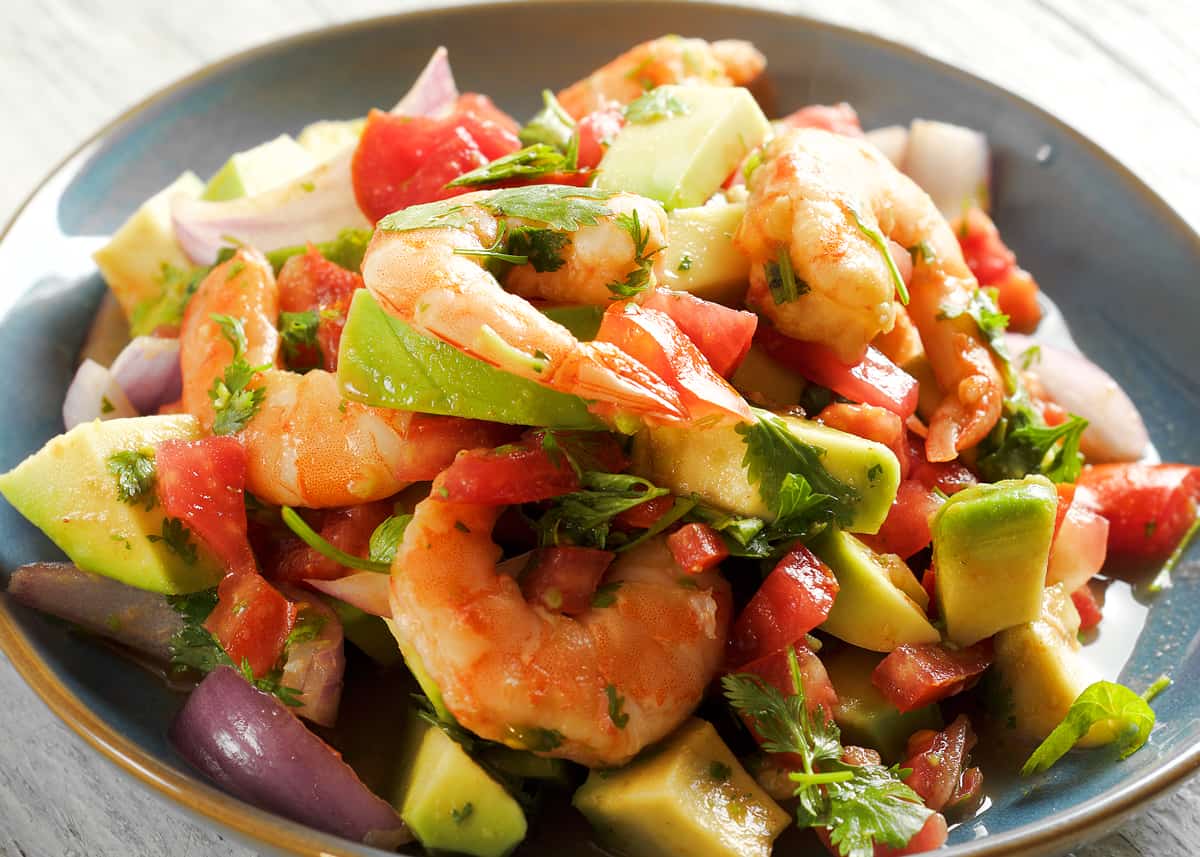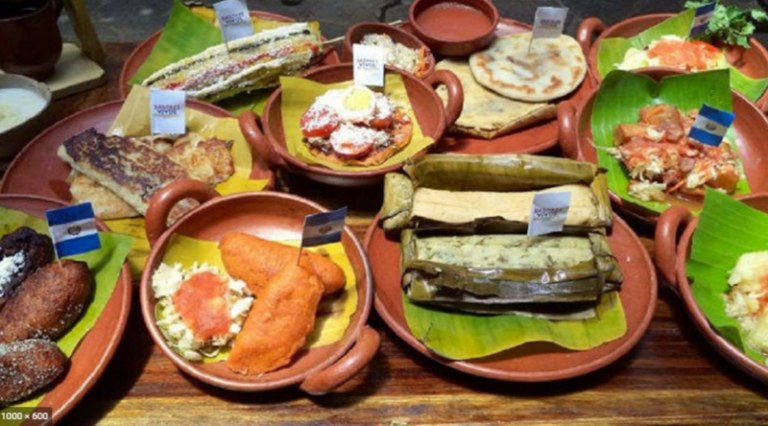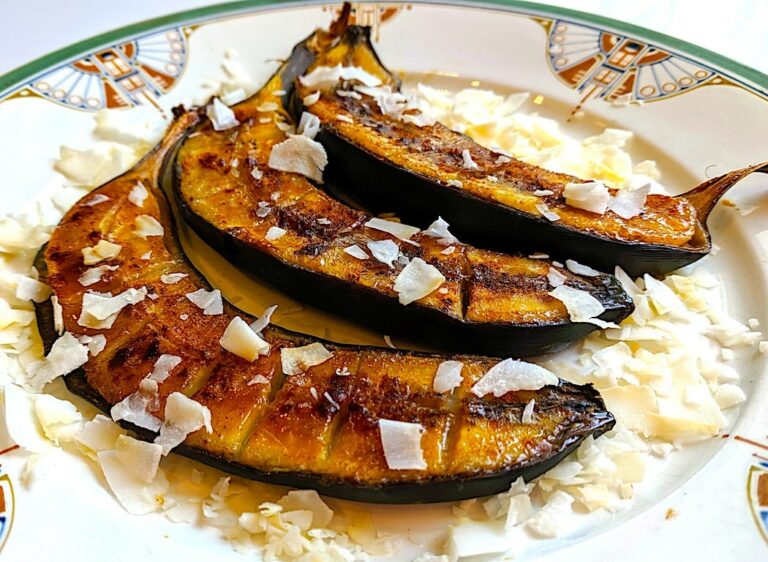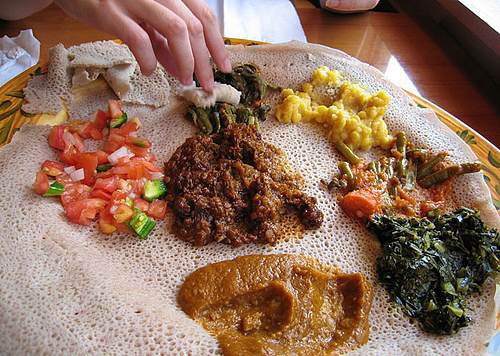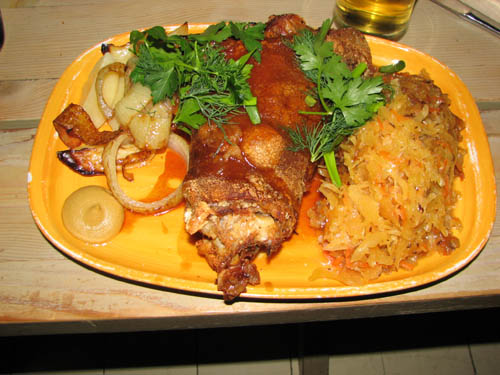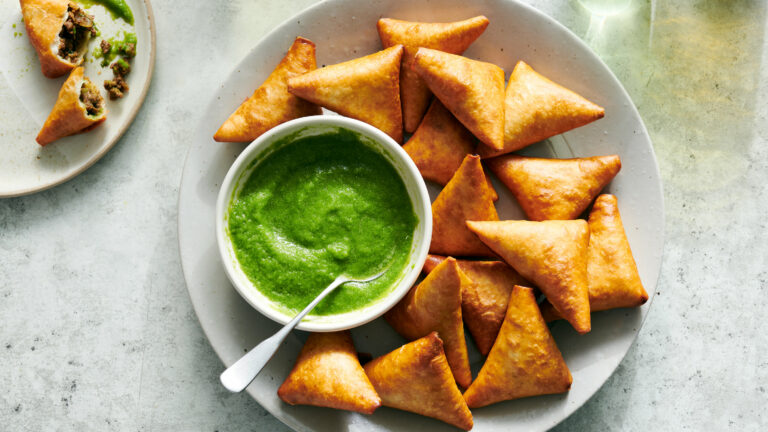Introduction: Egyptian Cuisine
Egyptian cuisine is one of the oldest and most diverse in the world. It has been influenced by the various cultures and civilizations that have inhabited Egypt over the centuries, including the ancient Egyptians, Greeks, Romans, Arabs, and Ottomans. Egyptian cuisine is known for its rich flavors, spices, and herbs, as well as its use of vegetables, legumes, and grains.
Egyptian Cuisine: An Overview
Egyptian cuisine is heavily based on local ingredients, which include vegetables, fruits, grains, legumes, and seafood. The most common meats used in Egyptian cuisine are beef, lamb, and chicken. Egyptian cuisine is characterized by the use of a wide range of spices and herbs, such as cumin, coriander, cinnamon, turmeric, and parsley. Some of the most popular dishes in Egyptian cuisine include ful medames (a dish made from fava beans), koshari (a mix of rice, macaroni, and lentils), and mahshi (stuffed vegetables).
Regional Egyptian Cuisine
Egypt is a country with a rich culinary heritage, and its cuisine varies greatly from region to region. Each region has its own unique dishes and cooking styles, influenced by the local ingredients and cultural traditions. The four main regions of Egypt are the Northern region, Southern region, Western region, and Eastern region.
Egyptian Food: Northern Region
The Northern region of Egypt is known for its coastal cuisine, which is heavily influenced by the Mediterranean Sea. Popular dishes in this region include seafood dishes such as grilled fish, shrimp, and calamari. Egyptians also enjoy eating kofta, a type of meatball made from ground beef or lamb, and shish kebab which is meat on skewers. In Alexandria, a city in northern Egypt, the cuisine is influenced by the Greeks and Italians, who once ruled the city.
Egyptian Food: Southern Region
The Southern region of Egypt is famous for its Nubian cuisine, which is characterized by its bold flavors and use of spices. The region is known for its use of pigeon meat in dishes such as fatta and mulukhiyah. Mulukhiyah is a soup made from a leafy green vegetable called jute, while fatta is a dish made from bread, rice, and meat.
Egyptian Food: Western Region
The Western region of Egypt is known for its Bedouin cuisine, which is characterized by its simplicity and use of local ingredients. Popular dishes in this region include shakshuka, a dish made from eggs, tomatoes, and peppers, and baba ghanoush, a dip made from grilled eggplants. The Western region is also known for its use of camel meat in dishes such as kofta and soup.
Egyptian Food: Eastern Region
The Eastern region of Egypt is known for its Bedouin-style cuisine, which is similar to that of the Western region. Popular dishes in this region include ful medames, a dish made from fava beans, and koshari, a mixture of rice, lentils, and macaroni. The region is also known for its use of date palms, which are used in dishes such as date cakes and date pudding.
Conclusion: Regional Variations in Egyptian Cuisine
Egyptian cuisine is a diverse and rich culinary heritage that varies greatly from region to region. Each region has its own unique dishes and cooking styles, influenced by the local ingredients and cultural traditions. The cuisine is characterized by its use of spices and herbs, as well as its use of vegetables, legumes, and grains. Whether you are in the North, South, West, or East of Egypt, there is always an opportunity to explore and taste the regional variations of the Egyptian cuisine.

